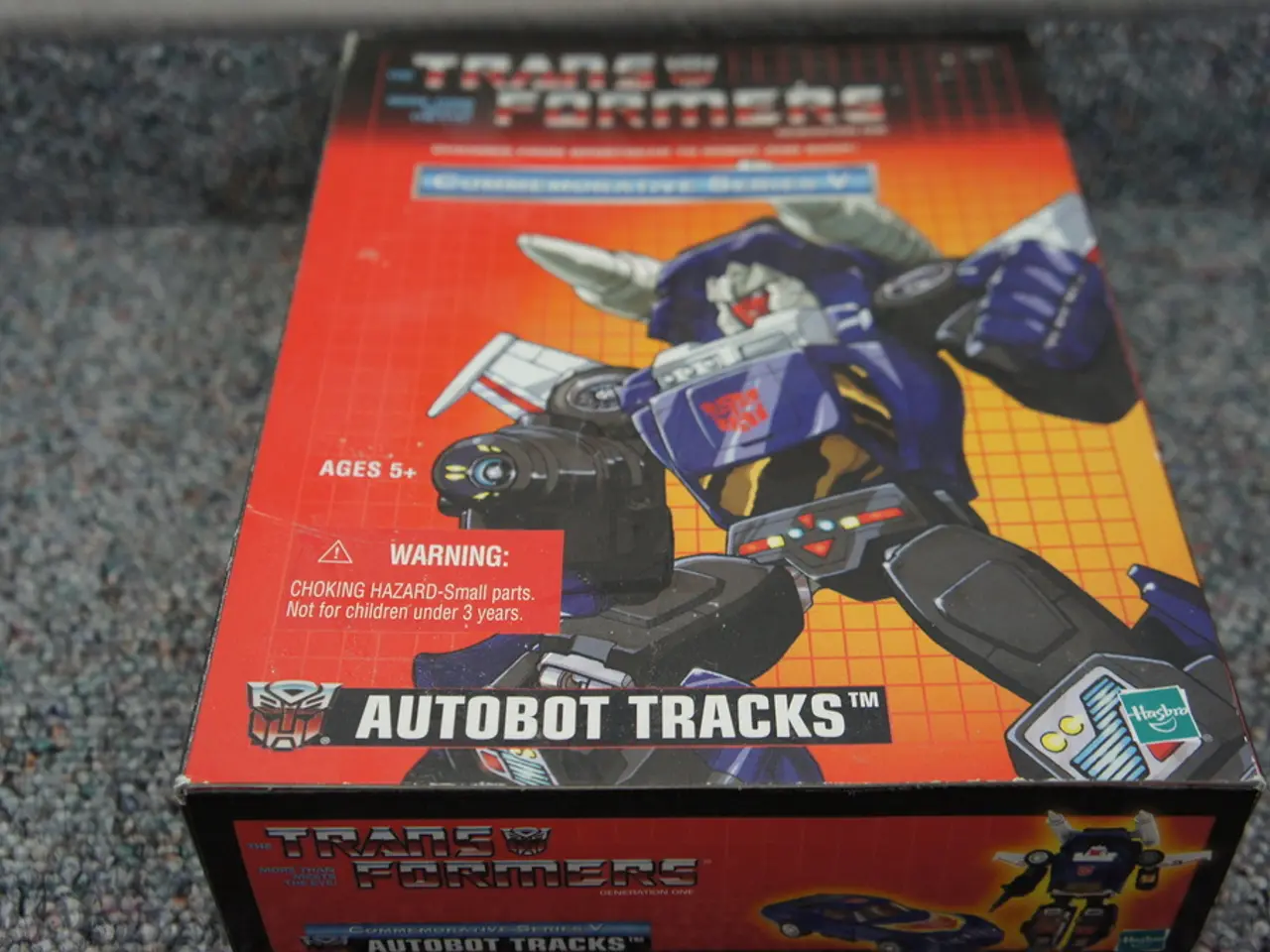Distinguishing Between Robotic Process Automation (RPA) and Artificial Intelligence (AI)
Robotic Process Automation (RPA) and Artificial Intelligence (AI) are transforming the business landscape, each offering unique advantages in automating repetitive tasks and enhancing decision-making capabilities.
RPA, a technology designed to automate rule-based tasks, mimics human actions on digital systems without cognitive capabilities. It excels in handling structured, repetitive tasks, such as data entry, web form submission, and rule-based workflows. On the other hand, AI, which simulates human intelligence, learns, reasons, and makes decisions to handle unstructured data and adapt to changes. Examples of tasks AI can perform include natural language understanding, recognizing objects, and extracting trends from data pools.
In intelligent automation, AI technologies like Natural Language Processing (NLP), machine learning, and computer vision extract and interpret data, especially unstructured information. Meanwhile, RPA executes the end-to-end workflows, like data routing, validation, and integration across systems. This combination allows for more strategic, flexible automation solutions.
When implementing RPA and AI in an organization, it's best to start small, focusing on simple automation and rule-based tasks. Key stakeholders should be involved, and clear objectives set. Prioritizing tasks involving structured data for RPA and tasks requiring handling of unstructured data for AI is advisable.
Measuring the return on investment (ROI) and success of automation initiatives involves tracking factors such as time saved, reduction in errors, cost savings, employee satisfaction, and customer feedback. Implementing these technologies correctly through the right process selections and the right people can bring numerous benefits to organizations, including increased efficiency, agility, cost reduction, and improved accuracy.
Popular RPA platforms include UiPath, Automation Anywhere, and Blue Prism, each offering user-friendly interfaces and the ability to create software robots without requiring coding skills. Python and PyTorch are commonly used programming languages for AI development due to their simplicity and vast libraries.
In conclusion, RPA is ideal for clearly defined, repetitive tasks that follow consistent rules, enhancing process speed and accuracy without requiring human intervention. AI enables systems to handle ambiguity, make decisions, and improve over time by learning from data, powering intelligent automation processes. Their integration forms the backbone of intelligent automation, where AI guides and improves processes, and RPA implements them effectively. By working together, RPA and AI technologies can increase efficiency and agility in businesses, leading to cost reduction, improvement in accuracy, and motivation of employees.
In the course of organizational automation, prioritizing tasks with structured data for RPA and tasks with unstructured data for AI can optimize the benefits gained from data-and-cloud-computing technology, artificial-intelligence, and trie (information retrieval) techniques such as natural language processing and machine learning. By integrating AI and intelligent trie technologies, businesses can leverage intelligent automation for increased efficiency, enhanced decision-making capabilities, and streamlined processes that ultimately lead to cost reduction and improved accuracy.




